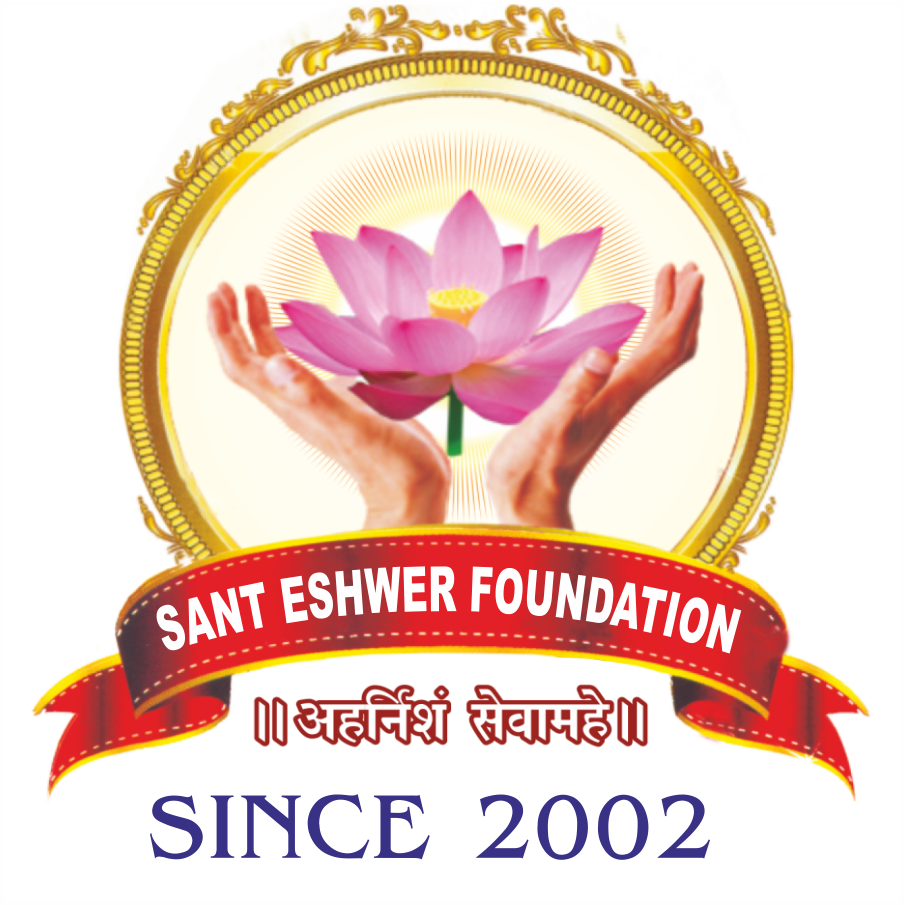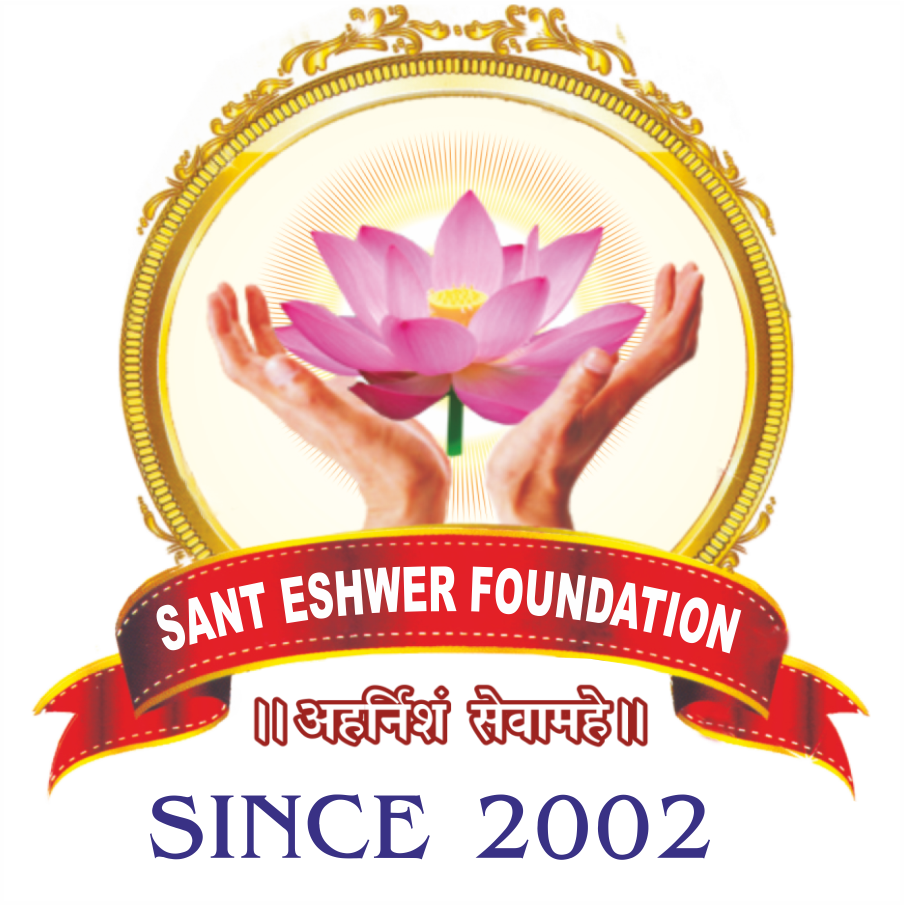
Sant Eshwer Sewa Samman, Meghalaya 2021
Arnab Hajong
A dedicated activist dedicated to the greater dissemination of Hajong folk culture and heritage.
Shri Arnab Hajong was born on January 10, 1961, in Bairagipara village in the South West Garo Hills district of Meghalaya. Since childhood, he learnt a lot about the Hajong culture, customs and language from his father Lieutenant Hajong Nabin and Mata Hajong Parvati. Hajong is a small forest dwelling community of Meghalaya and Assam. At a very young age to support the financial condition of his family and to cater to his daily needs, he opened a small stationery shop in Garobadha village. Since childhood, Arnab Ji has been keenly interested in social activities. While juggling with the financial crisis and family responsibility, he decided to remain unmarried for life, so that he could devoted maximum time to meaningful social activities.
To increase awareness among people about the Hajong culture and religion, he launched a half-yearly magazine called Rao. The goal was propagation of literature in the language of his community as the Hajong language was the medium of the colloquialism. Another reason behind this was that people were employing either the Assamese or Bengali language for education and communication purposes. Due to this the Hajong language was getting distant from its identity and reality. However, with Arnab Ji’s efforts as soon as the magazine was published, a greater degree of curiosity was created in society. On December 22, 1999, he established the Hajong Language Development Council in Meghalaya’s Garobadha. Through this august forum, people are now trying to re-connect with their language.
It’s the outcome of Arnab Hajong Ji’s attempts to revive his culture and language that today thousands of youths belonging to the Hajong community are coming forth to associate themselves with the Hajong Development Council. They aspire to protect the identity of their Hajong community so that ultimately the Hajong language can be preserved and protected.
Arnab Ji realised the need to preserve and restore the Hajong language when in 2005 youth from the Hajong community started demanding to change the script of the language with the active support of local church leaders. They were inspired by elements associated with some conversion. Gradually, a group of people started demanding to change the script to Roman. Arnab Ji held a discussion with his colleagues and they were of the opinion that the Roman script has limitations and is a step to harm other tribals of the North-Eastern states. He was vocal about the matter and stirred up society. Thus, the society also opposed changing of the script. So, in utter desperation, the Pro-script change group started threatening Arnab Ji and his companions, but they didn’t retreat.
On December 11, 2005, at around 5.30 am he was attacked and gravely beaten by some anti-social elements. But as the saying goes “jako rakhe saiyan maar sakta na koi”, maybe it was God’s willing that Arnab Ji survived this suicide attack. Maybe because he could raise his voice in the movement to protect his culture. Due to his determination and strength, Arnab Ji succeeded in protecting the traditional script of his Hajong language. The seriousness and attachment he upholds towards his culture can be understood only by the effort that he made in rendering the Hajong community aware of the Sanatan Dharma. To get it done, the Bhagavad Gita was translated into the Hajong language. He has authored many articles about the spiritual aspect of Hajong culture, customs and traditions. Through him every year, under the banner of Sanatan Satsang Samiti, Gita Utsav is celebrated with gaiety and love according to Sanatan Dharma culture. As a result, the villagers also get an opportunity to listen to various spiritual discourses.
His sincerity toward preserving his culture can also be comprehended by the numerous associations he holds with many social and spiritual organizations in the region. Arnab Ji noted that the Hajong people were using other languages at the cost of their tribal language and this subsequently inspired him to preserve the Hajong language. Arnab Ji also witnessed that the people engaged in conversion were not only attempting to eliminate the culture but also trying to end the script by changing it into roman. The roman script is considered the most unscientific and bad for Indian languages. Without waiting for someone else’s cooperation to protect the Hajong language, this challenge was tackled by following the principle of “ekla cholo” philosophy. Today the situation is such that people are not only curious to know about their language but feel proud. New literature is being published in this language. Religious awakening is also a product of this movement. The Hajong Language Development Council is trying to prepare suitable academic courses to teach the Hajong language to students. Future plans for publishing new literature as well as translation of other religious texts are also being considered.
Words fail to appreciate Arnab’s Ji efforts in proving their worthy cultural identity, preserving the Hajong language and making the community aware of Sanatan Dharma through the Hajong language. To encourage these efforts to save our culture Sant Eshwer Foundation has honoured
Arnab Hajong Ji with Sant Ishwar Samman for the year 2021.






